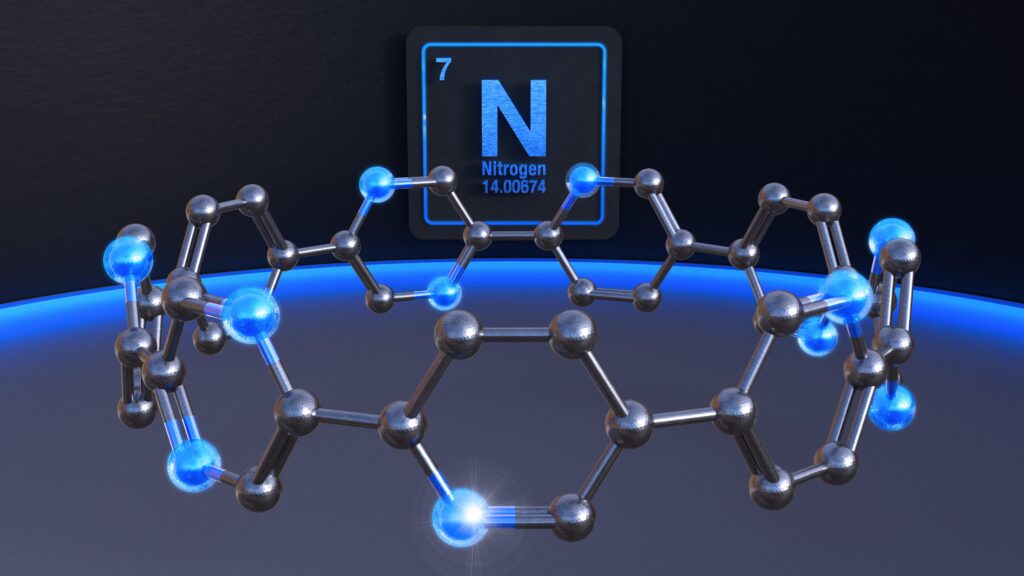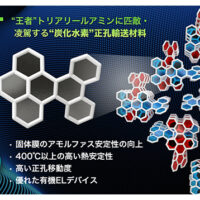Our lab’s research on the synthesis and applications of all-azine nanorings has been published in Nature Communications.
Cycloparaazine, a full-azine carbon nanoring
Till Drennhaus, Daiki Imoto, Elena S. Horst, Lena Lezius, Hiroki Shudo, Tomoki Kato, Klaus Bergander, Constantin G. Daniliuc, Dirk Leifert, Akiko Yagi, Armido Studer, Kenichiro Itami
Nature Commun. 2025, 16, 4643
DOI: 10.1038/s41467-025-59934-5
Carbon nanorings such as cycloparaphenylenes (CPPs) exhibit unique properties and have found applications in various fields, including optoelectronic materials and chemical biology. Meanwhile, “azines”—aromatic rings containing nitrogen atoms—are known for their distinctive nitrogen-derived properties and are widely used in functional molecules such as pharmaceuticals. The synthesis of nanorings composed solely of azine units has long been anticipated. However, due to the high reactivity and coordination tendencies of nitrogen atoms, such synthesis has proven extremely challenging, and no all-azine nanoring had been realized.
By combining cutting-edge nanoring synthesis methods with our original all-azine nanoring synthetic strategy, we have successfully achieved the world’s first synthesis of an all-azine nanoring. Detailed investigation into the properties of the all-azine nanoring revealed several distinctive features. Notably, compared to CPPs, the nanoring exhibits absorption and fluorescence spectra shifted toward longer wavelengths, indicating a narrowing of the energy gap due to nitrogen atom incorporation. Furthermore, by applying our synthetic strategy, we also succeeded in creating “partially azine nanorings” composed of both benzene and azine rings. These nanorings were shown to form supramolecular structures by utilizing the coordination properties of nitrogen atoms.
Additionally, we discovered that the azine nanorings possess reversible electron injection and release capabilities, owing to their redox behavior and high electrochemical stability. This finding suggests the potential of these materials in the development of new energy storage technologies.
![]()

![]()
![]()
![]()
Image created by Dr. Issey Takahashi (Nagoya University, ITbM)
Nitrogen-doped carbon nanotubes are materials expected to have applications in semiconductor devices. Since azine nanorings can be regarded as structural fragments of such nanotubes, they hold promise as templates for the synthesis of structurally well-defined nitrogen-doped carbon nanotubes. Moreover, supramolecular structures constructed using azine nanorings could lead to the development of novel tubular supramolecular materials with hollow interiors. Given their reversible electron injection/release behavior, the azine nanorings synthesized in this study may also serve as key materials in the creation of next-generation energy storage devices.


 日本語
日本語





















